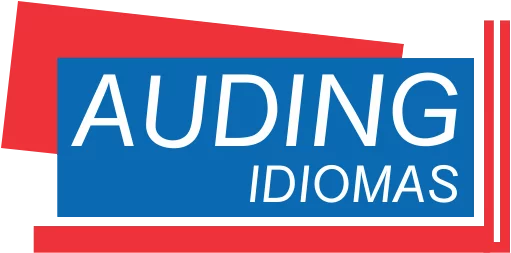Do you know exactly what the Common European Framework of Reference for Languages is (or in English, Common European Framework of Reference for Languages – CEFR)? Do you know whether or not it applies to the language you are studying? It’s very likely! We’ll cover all of that in this article – and a little more…
WHAT IS THE CEFR/CEFR?
The result of work begun in 1991 by the Swiss federal government, the document establishing the CEFR was prepared by the Council of Europe and presented in 2001, on the occasion of the European Year of Languages. The theoretical foundations of CEFR are based on the work of renowned philosophers of language, such as Wittgenstein, and sociolinguists, such as Dell Hymes.
In terms of language, the CEFR is divided into three types, with regard to their linguistic and communicative competences, namely: linguistic competence, sociolinguistic competence and pragmatic competence.
Basically, the CEFR is aimed at understanding each person’s mastery of a given language, in its most varied forms and skills, and how to classify such domains in a standardized way, through specific levels. It is worth mentioning that the CEFR only assesses foreign students of a certain language, not native speakers; and contrary to what most people believe, the CEFR is not only for the English language, but also for practically all the others existing in the world.
WHAT ARE CEFR LEVELS?
As mentioned before, the CEFR serves as a ruler, leveling students who are learning a language, in order to define level/sublevel and describe what each student is capable of doing within 4 competences/skills: Speaking, Writing, Reading and To listen. The general classification of the level is divided into 6 categories (A1, A2, B1, B2, C1 and C2), where each pair of categories (A1 and A2, for example) integrates one of the following large blocks: Basic level (A1 and A2), Intermediate (B1 and B2) and Advanced (C1 and C2). See the chart below:

Read below what you’ll be able to do by completing each of the 6 levels!
A1 – Basic

A2 – Elementary (or the famous ‘false beginner’)

B1 – Pre-intermediate

B2 – Intermediate

C1 – Post-Intermediate

C2 – Advanced

Written by: Italo Medeiros Decottignies
SOURCES:
BERTIN, Jean-Claude. Second Language Distance Learning and Teaching: Theoretical Perspectives and Didactic Ergonomics. Berlim: IGI Global. 2010. ISBN 978-1-61520-708-4.
JIMENEZ, Carlos César. O Quadro Comum Europeu de Referência para as Línguas e a compreensão teórica do conhecimento da linguagem: exploração de uma normatividade flexível para empreender ações educativas. México: Universidad Nacional Autónoma de México. 2011.


